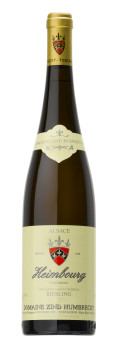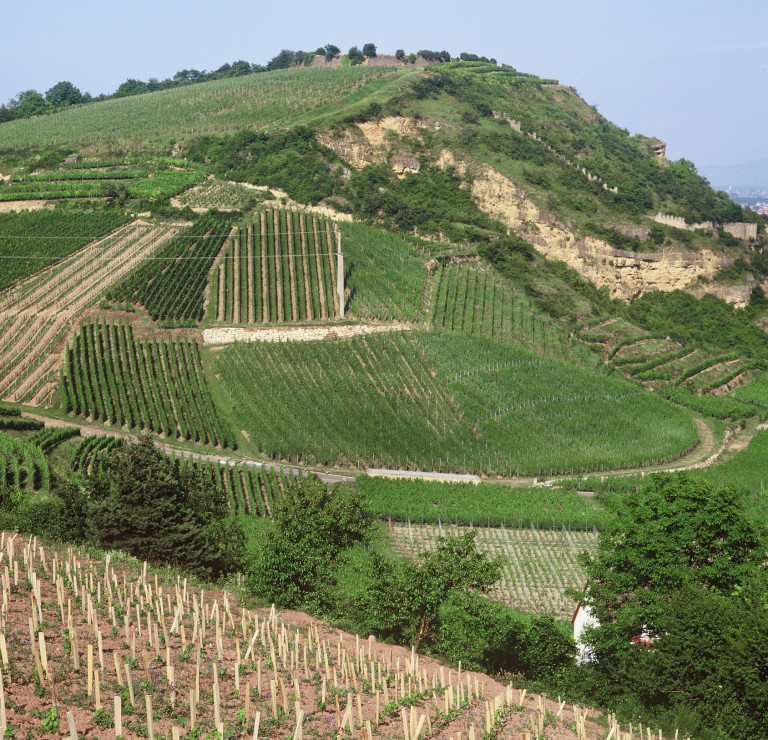
Technical presentation
| Bottling : | February 2009 |
|---|---|
| Acquired alcohol : | 13° |
| Residual sugar : | 10.2 g/l |
| Total acidity : | 4.2 g/l H2SO4 (6.4 g/l Acide Tartrique) |
| pH : | 3.2 |
| Yield : | 44 hl/ha |
| Average age of vines : | 13 years |
| Terroir : | Heimbourg |
| Sweetness index : | 2 |
| Soil : | Calcaire Oligocène, South/South East facing, Very steep slope |
Description of the wine Riesling Heimbourg 2007
The south west side of the Heimbourg vineyard is a really an obvious place for Riesling: warm very steep south facing vineyard, excellent drainage and very rocky soil and relatively poor soil despite the limestone origin (and therefore also quite cool temperatures at root level). The Riesling Heimbourg is still quite a young vineyard, but was planted on a site abandoned since WW2 and only cultivated in Bio-Dynamie. The root system and overall growth of these vines are quite exceptional, so there is no wonder that these vines behave like much older plants. A vine doesn’t become a better plant as it grows older, but with age the root system gets deeper, in poorer part of the soil and less affected by surface climate, which means better wine at the end. It is more difficult to achieve this with young vines, but in some situation, especially on hillsides, it can happen earlier. The 2007; like any other Riesling in this vintage, was harvested very healthy, at a reasonable maturity and fermented very slowly.

Tasting notes
12/2008: This wine is really in the continuity of the previous vintages. The nose is already very fruity and open, showing ripe peach, pear, honey flavours. Because the crop was also very healthy, the minerals are more obvious on the nose and palate at this early stage. The palate is incredibly elegant and silky. The slight sweetness is perfectly balanced with a ripe juicy acidity. It feels very easy to drink! It still will go very well with most fish courses, scallops, langoustines… especially if slightly spicy.

The Heimbourg of Turckheim
The wines produced on the Heimbourg are rich, opulent, often spicy and can include noble rot. The slower ripening of the grapes often produces wines that are aromatically expressive from a young age, contrary to its neighbour the Clos Jebsal with whom we have to show patience.